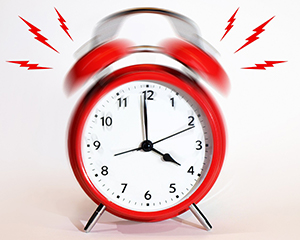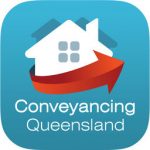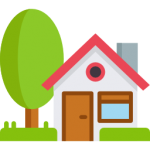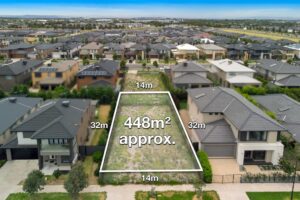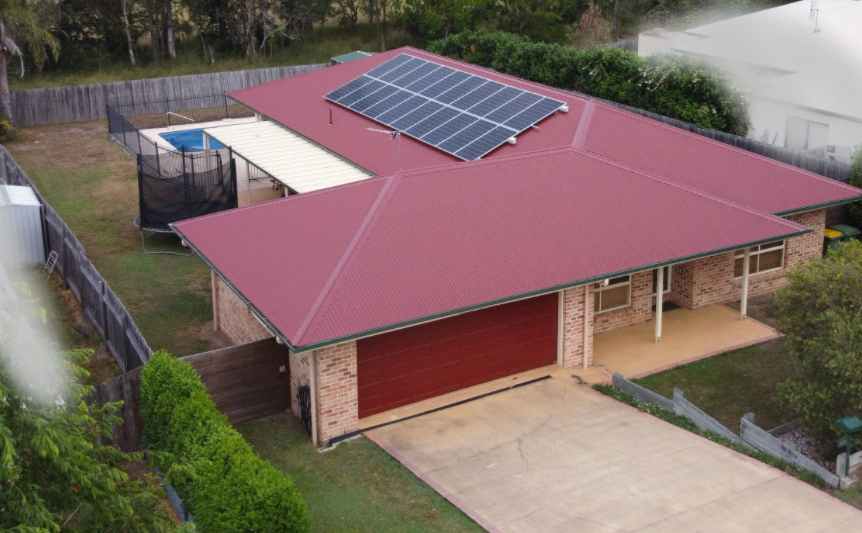The real cost of buying a house or property
One of the toughest things about buying a home or property is figuring out exactly how much it will cost. We drive around looking at ‘for sale’ signs and we check out property display websites, but the asking price of the property is only a part of the real cost of buying a house and getting those keys in our hands.
This is a guide to all those costs you may not have considered – and a lot of the costs you will already be aware of. Property is a great investment, but it’s important you know all the costs so you can make sound financial decisions.
The bank loan deposit
Your bank loan deposit will be one of the biggest upfront costs of buying a house or property. It is the amount of your own money you need to contribute in order to secure a loan.
Deposits vary depending on the price of the property, but ideally will be at least 10% of the sale price at a minimum, but more optimally 20%, so you can avoid lenders mortgage insurance. The deposit and the terms of the loan may vary depending on if the property is rural, residential or commercial, for example, rural property may require a 40% deposit, and the loan may be for a shorter period.
The home loan
The first thing to think about here is your interest rate. You’ve seen them on TV, you’ve based all your calculations on them – but do you have the right figure?
Interest rates that are advertised in big print are usually a display rate only, they are not always a real indicator of what you will be paying. The rate underneath the big print – the comparison rate – is the one you want to be looking at. A comparison rate is the interest rate, plus additional costs and fees associated with the loan, all added up and then worked back into a percentage to be applied to your loan amount.
Banks offer a ‘fixed interest rate’ which is an unchanging rate for a specified time period. It is generally higher than their ‘variable rate’, which is an interest rate that will change throughout your loan. Banks may charge a fee to lock in at a fixed rate.
It’s worth noting interest does have a pretty big effect on your repayments, especially in the first few years. During initial years, it can seem like you’re just paying interest and making no ground, but after that, monthly payments start making a much more noticeable dent!
In addition to interest, you‘ll also want to make allowances for your bank’s homeloan application fee or establishment fees and document preparation fees.
Lender’s Mortgage insurance
With every loan, your bank is taking a risk. Because of this risk, they take measures to ensure they are covered for any possible financial loss.
If you have a 20% deposit (this may vary between institutions) and meet the lender’s other requirements, most lenders will think you’re a pretty safe bet and will sign off your finance. If you don’t meet these requirements, they may request you take out a lenders mortgage insurance policy to cover the bank against any financial losses incurred if you don’t repay your mortgage. This insurance can cost thousands extra, so it’s worth saving the higher deposit if possible.
Valuer fee
You bank is investing in your property, often as much, if not more than you are – so they want to make sure you’re paying a fair price. Before signing off on finance, banks will often commission an independent valuer to provide a professional valuation of the property you intend to buy. This will be added into your loan fees and will cost around $200 and $500.
Building and pest inspection
In order to get a loan (and also just because it’s a very good idea!), you will need to have a building and pest inspection completed before purchasing a property. These inspections ensure there are no major structural issues with the property that might affect its value later on. Costs for building and pest inspections are usually between $300 to $1,000.
Sale Ezy requires vendors to provide a building and pest inspection on their property’s listing display page but a purchaser may choose to get their own independent report.
Conveyancing fees
Your conveyancer or solicitor is the person who takes care of all your legal needs associated with purchasing your home (see ‘your team’ for more information).
Conveyancing fees will usually cost from $1,200 up to around $2,000 or more depending on complexity. There are online DIY conveyancing kits, but we strongly recommend getting the experts in on this one.
Stamp duty
Stamp duty or transfer duty is paid to the State Government and is based on the purchase price of the property – the more costly the property, the higher the stamp duty. Stamp duty starts at around 3 percent of the property price and increases to around 7 percent. For specific stamp duty information for each state and territory, use these links:
Insurance
In order to be granted a home loan, most banks will require you to take out building insurance – again, this just protects their investment, as well as yours.
Given you’ll be committing part of your income to loan repayments, so your savings may decrease, it is also a good idea to look at content insurance to cover damage to the inside of your home, fixtures and furnishings. Strata buildings will already have building insurance.
Costs will vary, and an insurance broker should search and secure the best deal for you
Council rates
Your solicitor will calculate the rates you will be required to pay until settlement day. The new owner will take over paying the rates from settlement. A final water meter reading should be requested from your local council.
So all up, it’s easy to see that buying a home or land can incur costs you may not have considered. Despite this, property is a great investment, just be sure to budget accurately.

